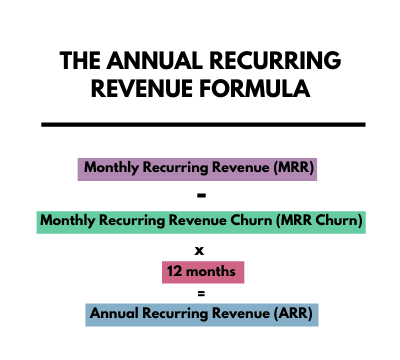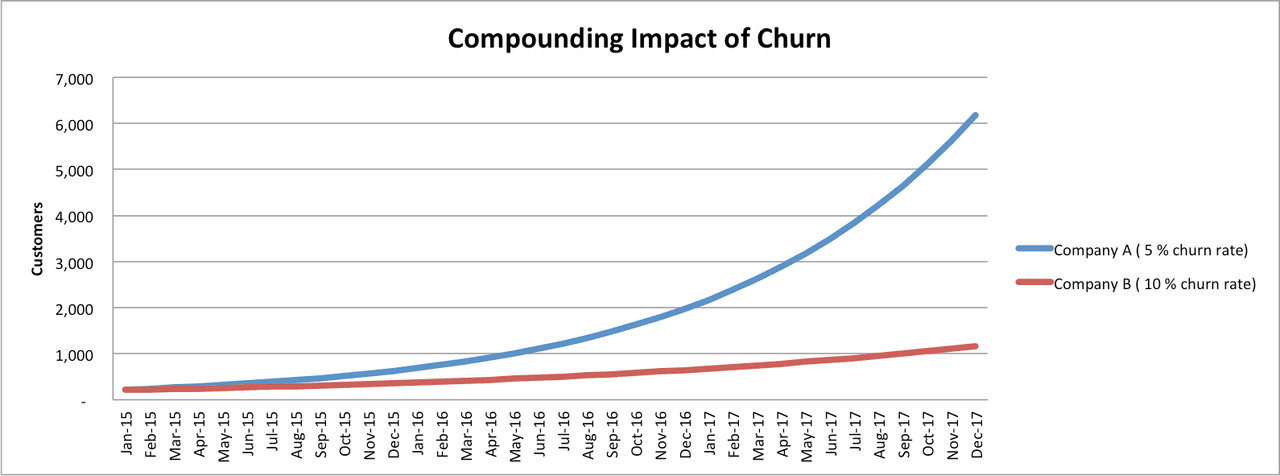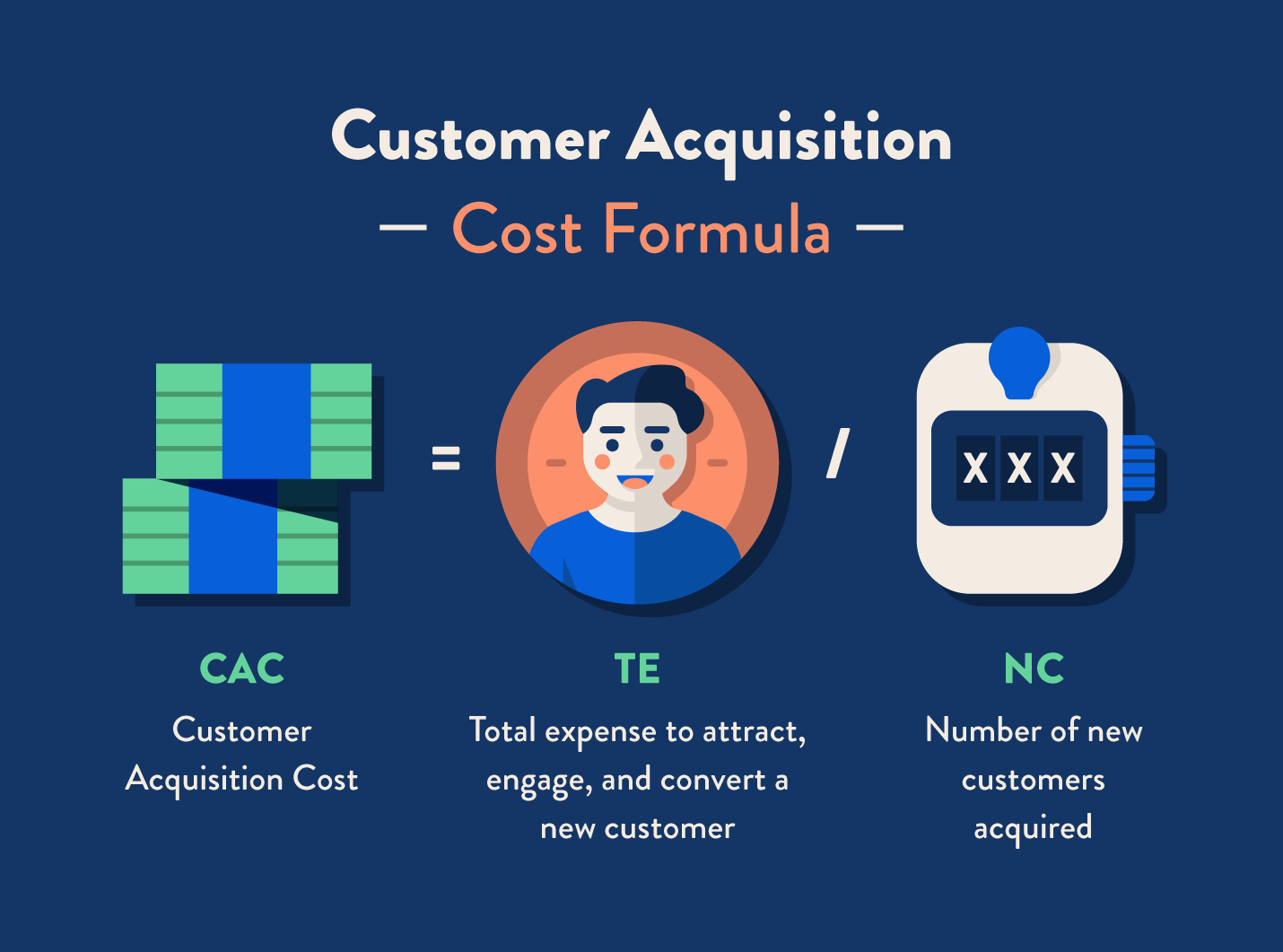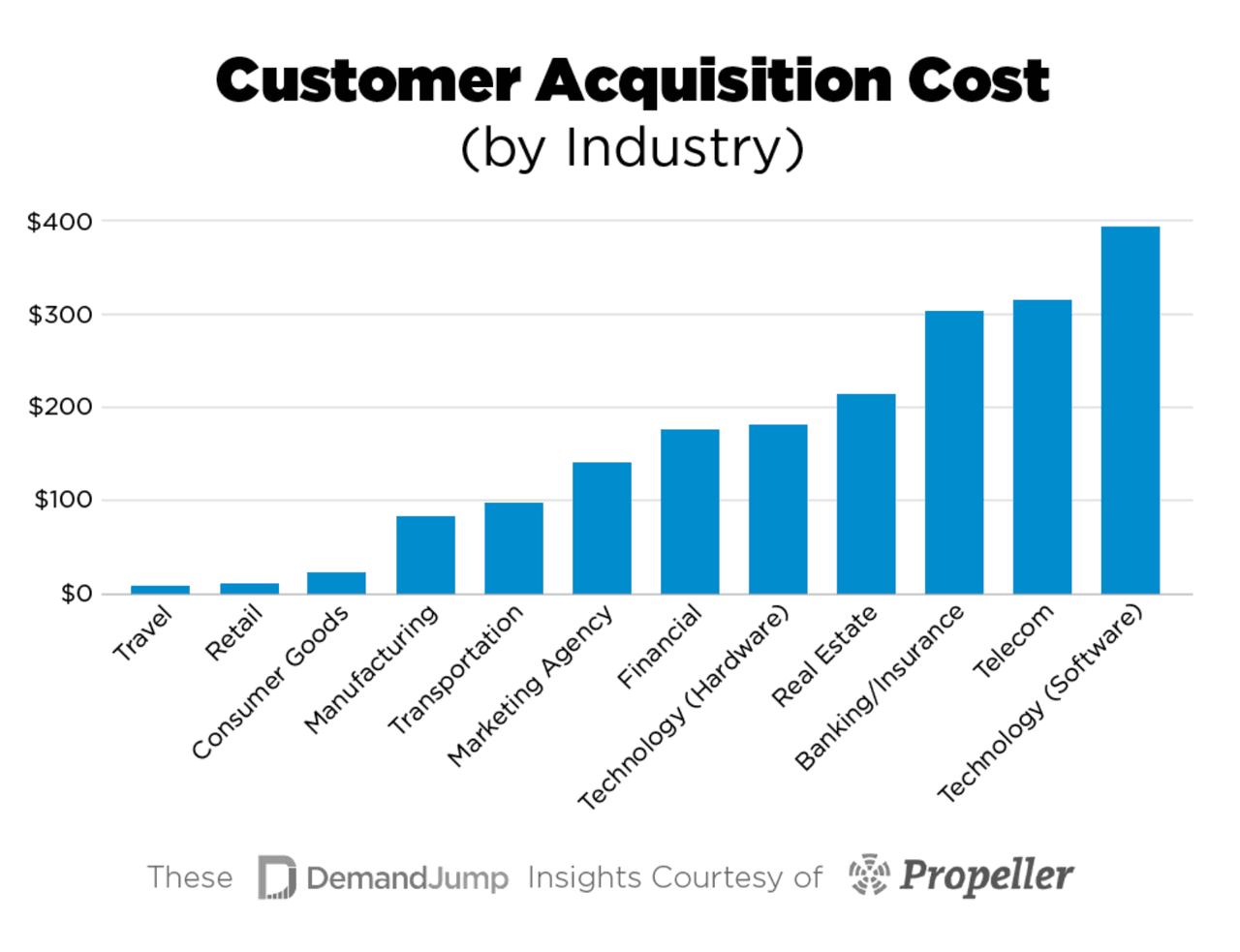SaaS Sales: Everything You Need to Succeed
Jenny Keohane
Selling SaaS — which stands for “software as a service” — requires different sales techniques, models, and metrics than traditional sales.
The SaaS sales process vs. the traditional sales process looks different for both sales reps/sales teams and the customer.
In this article, we’ll go over everything you need to know to stay on top of the ball and be a stellar SaaS sales rep with tops sales tips, examples, and more.
Here’s what we’ll cover:
- What Makes SaaS Sales Unique?
- Average SaaS Sales Salary + Commission
- Example SaaS Sales Models
- SaaS Sales Metrics
- Tips for Succeeding at SaaS Sales
What Makes SaaS Sales Unique?
In SaaS sales, sales professionals sell web-based software that’s purchased through a subscription-based pricing model.
Because the product is more complex and the commitment is greater, the SaaS sales process requires specific factors and tactics to succeed.
Let’s take a look.
1. Three Sales Techniques, Two Products (and a Partridge in a Pear Tree)
Unlike traditional sales, the SaaS sales cycle doesn’t stop after the deal is closed.
Instead, customers require continued nurturing and engagement in order to (ideally) renew their contract when the initial subscription period is over.
 Metrics:
Metrics:
SaaS sales reps also need to pay attention to other metrics that aren’t typically used in traditional sales, such as:
- Customer Acquisition Cost
- Monthly Recurring Revenue
- Annual Recurring Revenue
- Churn
We’ll dive into these metrics more later in this article.
Different Customer Base:
SaaS sales reps also have to know how to strategize for three different customer bases.
- Acquiring new customers
- Upselling and/or cross-selling existing customers
- Retaining and re-signing existing customers
Sales Models:
Some SaaS sales are self-service, and some are transactional. Some others will require enterprise sales techniques.
It’s up to the sales rep to know the difference between these SaaS sales models, and the right time to employ each one (don’t worry — we’ll get to this, too).
Selling Two Products:
Finally, SaaS salespeople are also tasked with selling two products: the software, and the subscription to the software. It’s one thing to close a one-time deal, it’s another challenge entirely to sign a customer on for an entire year’s worth of product.
This brings us to our next point…
2. In It for the Long Haul
One of the most important metrics you’ll have an eye on as a SaaS salesperson is your churn rate.
Churn rate refers to the number of customers who sign up for your service, but then cancel their subscription before the end of a given time period. This time period is usually determined by your specific company’s timeline and subscription goals.
There are a number of ways (with varying complexity) to determine your churn rate. This formula is a quick and easy way to start:

Just like the churn timeline, a “good” or “bad” churn rate will be determined by your company. Some companies are okay with a churn rate of 5% and others strive to keep it under 3%.
As long as you’re not working for a fledgling startup, your company should be able to provide their current metrics for things like the length of the sales cycle, optimal churn rate, sales quotas, and MRR (monthly recurring revenue) goals.
In order to avoid churn rate becoming the bane of your existence, SaaS sales reps should focus on pitching only to highly qualified leads.
SaaS customers — even well-qualified ones — typically require more education and training than those who purchase a one-time product or service, so be prepared to put the time in.
Multiple Decision-Makers
Finally, your sales team should be aware that SaaS deals can be challenging to pull across the finish line.
That’s because there are usually multiple decision-makers involved in the purchase, and even the most successful sales pitch goes through a number of channels before it’s finalized.
Sales reps — don’t throw in the towel just because it’s taking a while. Just like you want your customers in it for the long haul, you should be ready to support a longer-than-usual process to close the deal.
And the results will be well worth it.
4. Create Value Out of Thin Air
One final challenge, for good measure: SaaS sales reps are tasked with selling something intangible.
While this isn’t unique to SaaS — many sales reps who sell services, rather than products, are up against the same issue — selling something that the customer can’t physically see is hard.
This can be a big mental barrier for a lot of decision-makers. It’s up to you as the sales rep to effectively educate and train your potential customers on the value they’ll get when they sign up.
Average SaaS Sales Salary + Commission
SaaS sales can be a very lucrative field. Because you’re selling in a market that requires recurring purchases, your potential for commission comes frequently, and the rewards can be generous.
However, making the big bucks isn’t always straightforward, the SaaS sales compensation structure can look quite different than that of traditional sales. That’s because SaaS companies have to account for metrics that traditional sales companies don’t, like churn and MRR.
Ultimately, every company compensates their SaaS sales reps a bit differently and according to their own accounting needs, but there are a handful of regularly-used compensation models that you can expect to encounter as a SaaS salesperson.
Model #1: Base Salary + Commission
This is the most common compensation structure for SaaS salespeople.
With a base salary + commission model, you can expect to be paid a flat, yearly salary, in addition to a commission for the sales you make.
According to Glassdoor, the average base salary for SaaS sales reps is a little over $47,000. Ziprecruiter reports that the overall average salary (including commission) is just shy of $80,000, and can go as high as $160,000 depending on your number of sales and your rate of commission.
Again, the commission percentage, along with the frequency at which it’s given, is up to the company. In general, your commission rate will likely be lower with a base salary + commission model than the commission you might get if you’re paid strictly on commission.
Model #2: No Salary, Commission Only
With this model, you receive no base salary. Your paycheck depends entirely on how many sales you make in a month, and the percentage of those sales that you and your employer have agreed upon as your commission rate. This is an especially common compensation model for SaaS startups.
This sounds simple, but it can be a bit complicated, depending on how your employer chooses to honor your sales metrics.
For example, you may get 9% commission for new sales, but only 8% commission for upsell or cross-sign customers. You may get even less for renewals, or none at all. Be sure to note this in your contract, and ask specific questions about the commission structure if you have them.
 The commission-only model can be enticing for certain sales reps — your compensation is seemingly entirely in your control. This model also usually allows for a more flexible schedule.
The commission-only model can be enticing for certain sales reps — your compensation is seemingly entirely in your control. This model also usually allows for a more flexible schedule.
On the other hand, this compensation model can be risky.
Sales reps need to close a lot of deals in order to earn enough commission to make a living wage. That sometimes means that these salespeople focus too much on closing the deal, and don’t spend enough time qualifying their leads. The balance is tricky and takes time to master.
Less Common Models
There are a few other models that, while less common, are worth reviewing.
- Profit-based commission: Compensation is tied directly to how much net revenue a sales rep brings in. This model discourages sales reps from wasting time on small, discounted, or potentially unqualified deals.
- Tiered commission: Sales reps are paid a commission at a certain rate until they meet a quota. If they exceed the quota, they get a higher percentage commission on anything above it.
- Residual commission: With this model, sales reps are paid a commission every time an existing customer renews their contract. This is the least common model, and it’s unusual for companies to offer compensation at all — regardless of the overall compensation model — for renewal customers. In most cases, renewal behavior and churn rate are attributed to customer success and/or marketing.
One last important note: while rare, there are some companies who opt to delay paying commission to SaaS sales reps to account for churn. Be sure to confirm within your contract the schedule and stipulations according to which you will be paid.
Example SaaS Sales Models
There are generally three different ways that a sales rep interacts with a potential customer. The approach you take will depend on the pricing and complexity of the product.
As the price and/or complexity of the product increases, so does the length of the sales cycle and the amount of input needed from the sales team.

The Three Sales Models
1. Self-Service
This is a “low-touch” SaaS sales model that requires no input from the sales team.
Inbound lead volume is typically very high, but the sales funnel is entirely automated, and customers can complete the onboarding process themselves.
With self-service sales, the marketing team is primarily responsible for meeting sales quotas — not the sales team. This is a great strategy for low-cost, easy-to-understand SaaS products.
2. Transactional
This is a middle-of-the-road model. Inbound leads have some interaction with sales reps as needed, but automation is important here, as well.
Sales teams are best served by focusing their efforts on the highest quality lead generation with this model. Marketers and sales teams share responsibility for closing deals.
3. Enterprise
Enterprise sales are high-touch, meaning they require a lot of input and hand-holding from the sales team.
The enterprise sales model is used for high-cost products, and typically produces a lower volume of sales with a higher bottom line. This is the most sophisticated sales model of the three and is a notably long and drawn-out process.
The key with enterprise sales is making sure that all of your inbound leads are extremely well-qualified.
These three sales models are a guideline and are not intended to be one-size-fits-all. Your sales team should feel free to mix and match them as needed and where appropriate.
SaaS Sales Metrics
SaaS sales have their own unique set of metrics that sales teams use to measure their success. Let’s take a look at the most common ones, and how they impact SaaS companies’ bottom lines.
1. Monthly Recurring Revenue (MRR)
This is one of the better-known SaaS metrics. Monthly recurring revenue (MRR) is predictable revenue that a SaaS company earns each month.
Most MRR is calculated using an average monthly billed amount, but there are ways to specify the formula if need be. Here’s the formula:

You can also break down MRR into subcategories and calculate accordingly:
- New MRR
- Net new MRR
- MMR growth
Monthly recurring revenue is an extremely important metric for a SaaS company, both on its own and in relation to other bottom-line metrics.
2. Annual Recurring Revenue (ARR)
Annual recurring revenue (ARR) is similar to MRR, except it’s an annual figure instead of a monthly one. It also takes into account things like churn rate and subscription downgrades.
The annual recurring revenue formula:

ARR is generally a more accurate picture of a SaaS company’s financial health than MRR, but it requires businesses to have some longer-term financial data in order to calculate correctly.
3. Churn Rate
Ah, the infamous churn. We’ve alluded to churn throughout this post, but it certainly deserves its own shoutout — churn rate is at the top of nearly every SaaS salesperson’s brain.
Churn rate refers to the number of people who sign up for a subscription, but eventually cancel it before a specified time period. Let’s look at the formula one more time:

It’s clearly not ideal to have customers cancel their subscription early — that much is obvious. But despite its buzzword status, many sales reps still underestimate how impactful churn rate is for a company’s bottom line.
For every customer that churns, a sales rep needs to then go out and replace them with a new one. But keeping on an existing customer is much cheaper than going out and acquiring a new one (this is called customer acquisition cost, which we’ll get to in a minute). Over time, these costs really add up.
Look at the example below. Both companies have a 15% customer acquisition rate, and the difference in their churn rates is only 5%.

You can see that, over time, a 5% difference really adds up. Churn rate makes a huge impact on a company’s profitability and deserves careful strategizing for optimization.
4. Customer Acquisition Cost (CAC)
Customer acquisition cost (CAC) refers to the amount of investment required to sign on a new customer.
Acquiring new customers is much more expensive than retaining existing customers. This is especially true for SaaS sales because the SaaS funnel is typically longer and more involved.

Software companies, in particular, have notoriously high CACs:

Most companies aim for a 3:1 value to cost ratio. That is, the customer should bring in about three times as much value as it cost to bring them on.
5. Annual Contract Value (ACV)
Annual contract value (ACV) refers to the average yearly revenue from a single customer subscription.
If, for example, Company X signs on for a 5-year contract at a total cost of $125,000, the ACV would be $25,000.

ACV is great for determining which customer(s) offer the most consistent income, but it’s otherwise not hugely important as a standalone figure.
Instead, ACV is most often evaluated in relation to the other SaaS metrics we outlined here, like MRR and ARR.
Top 5 Tips for Succeeding at SaaS Sales
As you start to become more comfortable around the SaaS sales process (and the plethora of acronyms that come with it), you can start to use more targeted and sophisticated SaaS sales strategies.
Keep these tips in mind as you explore a career as a SaaS sales professional.
1. Focus on Customer Service
Customer retention is huge in SaaS sales, because it reduces churn rate and makes your customer acquisition costs more efficient.
The best way to retain customers? Impeccable customer service.
Some SaaS companies rely on customer success to fill this role, but it’s also best practice for sales reps to stay in the loop after they close the deal. Follow-up with your customers, and offer value wherever you can. Show that you’re genuinely interested in seeing your customers succeed.
Even if your job “stops” when the deal is closed, building trust throughout the sales process will go a long way in motivating your customers to stay on with your company.
2. Be Deliberate With Free Trials
One way that SaaS sales professionals entice new customers to sign on is with a free product trial and/or a discount for signing up. This is a very handy tool and valuable offering, but be wary of going overboard.
Keep your trials short, and keep lines of communication open throughout the process. You should give your customers enough time to poke around and understand the product’s benefits, but leave the nitty-gritty until they’re paying customers.
This is because:
- Most users take shorter trials more seriously.
- Creates a sense of urgency and increases engagement.
- A shorter trial means a shorter sales cycle, and a shorter sales cycle means lower customer acquisition costs. Remember, CAC is one of the biggest metrics of success at a SaaS business — lowering it is always a good thing.
3. Don’t Compete on Price
Although it seems counterintuitive, lowering the price on your SaaS products or tiers will not help you acquire customers as easily as you might expect. Underpricing your products is a really inefficient way of beating your competition.
Instead, aim to compete by improving your value offer. Train your sales team to focus on the USP of your SaaS product, and revamp your offering if you need to.
4. Stay Away From Discounts
It can be tempting to offer customers a discount to sign on, but avoid this strategy whenever possible.
One discount doesn’t seem like it would make a huge difference, but remember that SaaS products are sold via monthly subscriptions — one discount can easily turn into twelve if you’re not careful, which will really hurt your bottom line.
If you do feel the need to offer a discount, try offering one that rewards the customer for signing an annualized contract instead of a monthly one. This usually amounts to a smaller overall profit loss, and it also takes churn out of the picture — at least for now — by securing a year-long contract (not to mention the lump sum payment that comes with it).
5. Leverage Your CRM
Because the SaaS sales cycle is long and involves so many different stakeholders, sales professionals should utilize their CRM to its maximum capabilities.
Your CRM software will help you juggle the many balls that are in the air during the sales cycle, and will also help ensure that your follow-through is on point for existing customers.
Tip: Skip the manual data entry and get Salesforce in your inbox here.
Get sales tips and strategies delivered straight to your inbox.
Yesware will help you generate more sales right from your inbox. Try our Outlook add-on or Gmail Chrome extension for free, forever!
Related Articles
Casey O'Connor
Anya Vitko
Melissa Williams
Sales, deal management, and communication tips for your inbox

